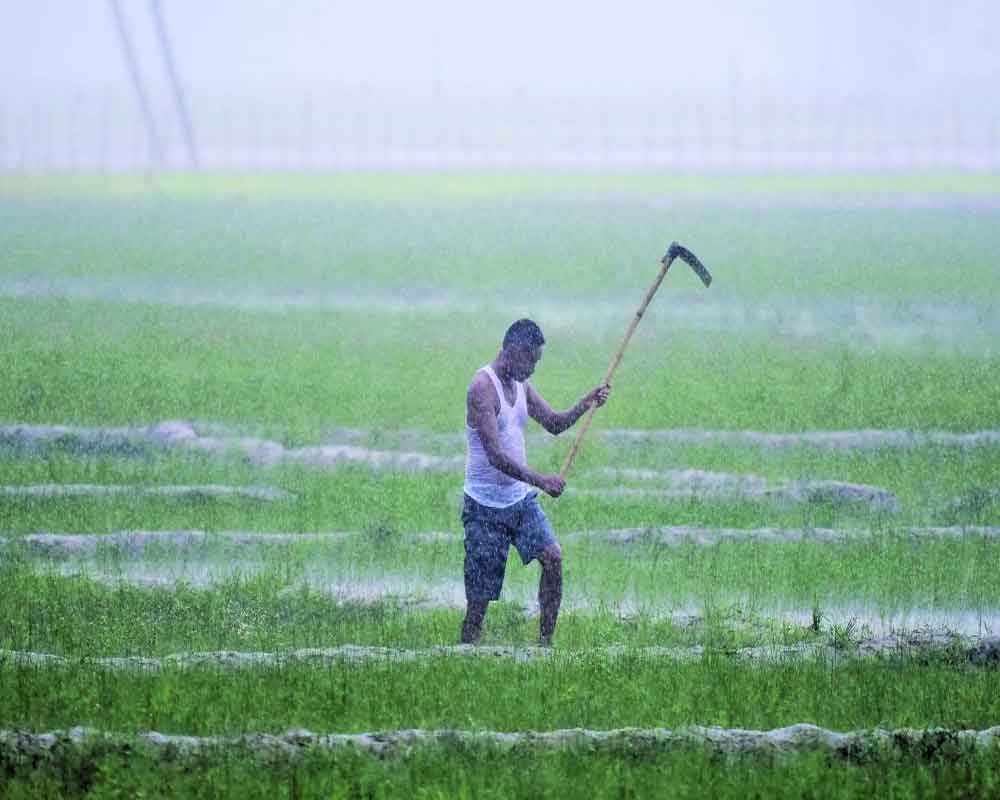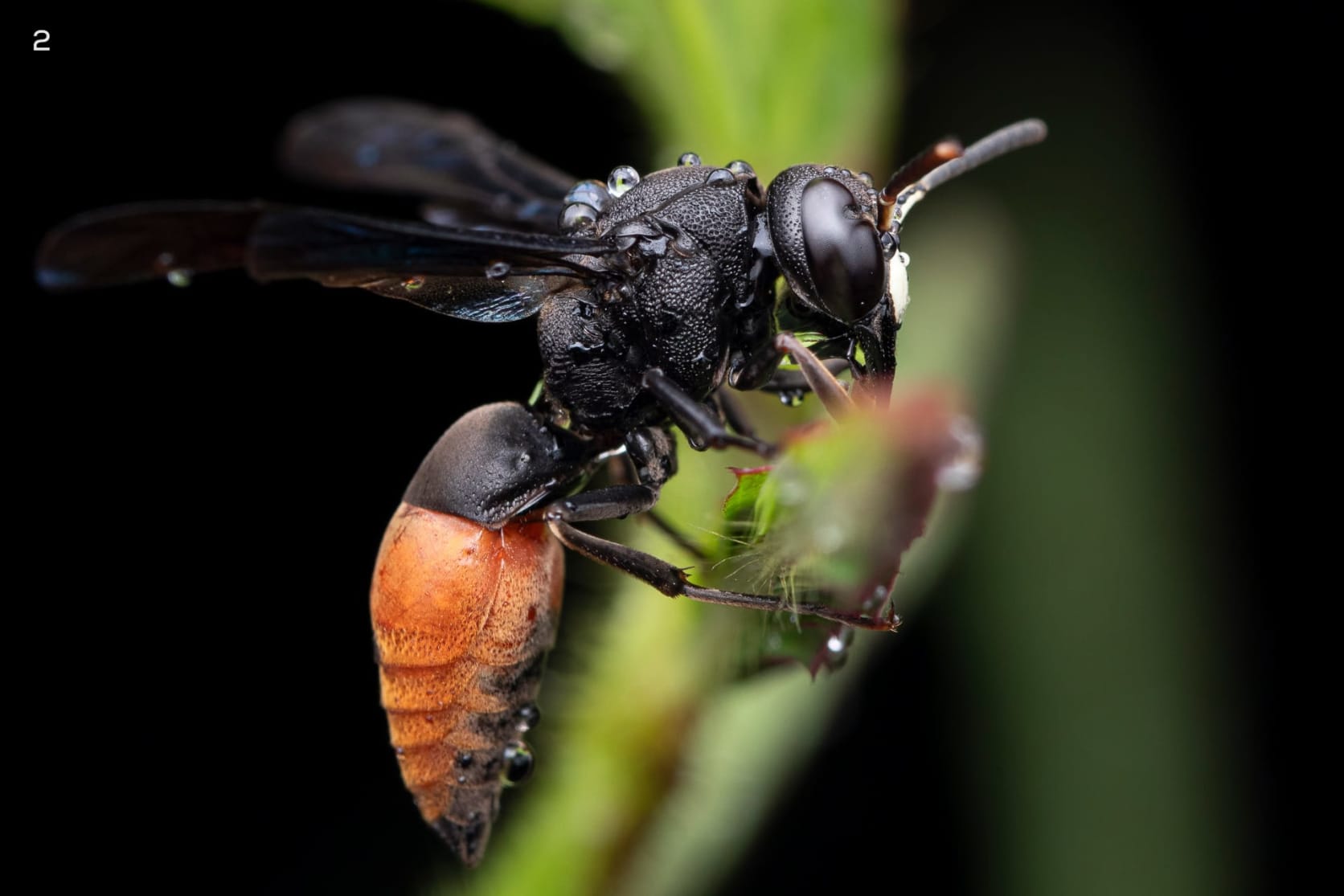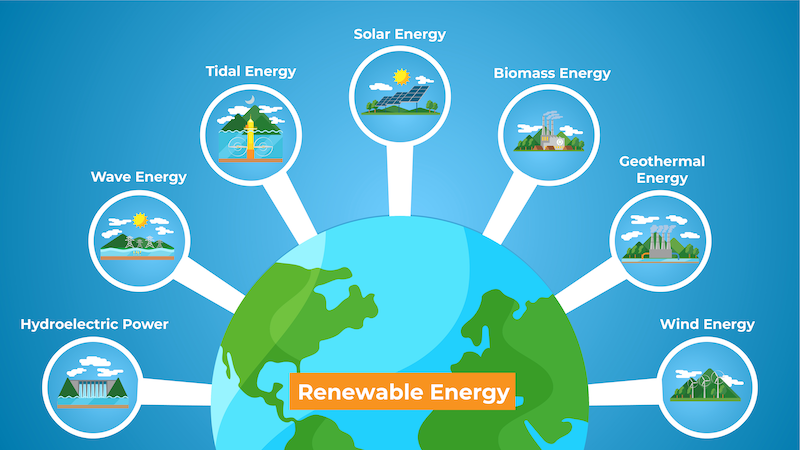


The majestic Great Indian Bustard, one of the heaviest flying birds on earth, is facing an existential threat as its natural habitat in Rajasthan and Gujarat is increasingly being taken over by tall metal towers supporting high-tension power lines. With a wingspan of seven feet, this critically endangered avian species is struggling to survive in the face of multiple challenges including pollution, climate change, and competition from invasive species. As conservationists try to protect the remaining 100 birds in the open natural ecosystem, they are facing a paradoxical situation where their efforts clash with the renewable energy sector in the Thar and Kutch regions.
The Urgent Crisis Facing the Great Indian Bustard
The majestic Great Indian Bustard (GIB), once a symbol of India's vast and unspoiled wilderness, now stands on the brink of extinction. This critically endangered avian species faces an existential threat as its natural habitat is rapidly shrinking and fragmenting.
Habitat Destruction: The Primary Culprit
One of the most significant threats to the GIB is the proliferation of tall metal towers supporting high-tension power lines in its primary habitats in Rajasthan and Gujarat. These structures create a deadly hazard for the birds, as their wide wingspans make them vulnerable to collisions.
Other Challenges
Beyond habitat loss, the GIB faces a multitude of other challenges:
Conservation Efforts and Challenges
Concerned conservationists are working tirelessly to protect the remaining GIB population, which is estimated to be around 100 individuals living in the wild. However, their efforts are often hindered by the need to balance conservation with the increasing demand for renewable energy in India.
Clash with Renewable Energy
The Thar and Kutch regions, where the GIB primarily resides, are also prime locations for solar and wind energy development. This creates a paradoxical situation where conservationists and the renewable energy sector find themselves in conflict.
FAQs
1. What is the main threat facing the GIB? Habitat destruction due to tall metal towers supporting high-tension power lines.
2. How are these towers harmful? Their wide wingspan makes GIBs vulnerable to collisions with the structures.
3. What other factors contribute to the GIB's decline? Pollution, climate change, and invasive species.
4. How many GIBs are left in the wild? Approximately 100.
5. Is there a conflict between GIB conservation and renewable energy? Yes, as prime GIB habitats overlap with areas suitable for solar and wind energy development.
Conclusion
The Great Indian Bustard's survival depends on urgent and collaborative action. A balance must be struck between the need for renewable energy and the protection of this iconic species. By implementing mitigation measures, such as marking power lines and providing alternative nesting sites, we can give the GIB a fighting chance to recover and thrive in the years to come.

A new meta-analysis of 15 separate studies conducted by experts at Maharishi International University reveals the potential of transcendental meditation (TM) in relieving symptoms of post-traumatic stress disorder (PTSD). With evidence of its effectiveness in as little as a few weeks, TM offers a safe and gentle alternative to commonly used therapy methods that can be unsettling for some individuals. The results show promising potential for using TM as a solution for those suffering from the lasting effects of PTSD.

The India Meteorological Department (IMD) has projected that India is expected to experience above-normal rainfall during the upcoming southwest monsoon season, which can result in a bountiful harvest for the agriculture-centric economy. However, areas of Tamil Nadu and the northeastern region may experience below-normal rainfall, while Marathwada and adjacent Telangana regions may see above-normal showers. The IMD has forecasted a cumulative rainfall of 105% of the long-period average for June to September, bringing much-needed relief to the farming sector.

In the world of insects, few are as fascinating as the potter wasp. With the ability to build intricate mud nests and a unique method of storing prey for their young, these small predators are a wonder to behold. Learn more about these intriguing insects and the misconceptions surrounding them in this eye-opening article.

In a mind-boggling discovery that has garnered the attention of astronomers and space weather experts, recent research reveals that the Sun may have undergone a sudden and unexpected shift in its internal dynamics. This change, specifically in the Sun's Coronal Global Circulation (CGC), could potentially lead to a new, century-long solar cycle – a once-in-100-year event that may bring about prolonged and intense space weather conditions. Scientists are concerned about the potential impacts on our modern infrastructure, from satellites and power grids to aviation safety and national security. With the Sun seemingly writing a new rulebook, researchers are racing to keep up with this mysterious transformation.

With World Malaria Day approaching, it is important to understand the severity of this disease and the steps one can take for a speedy recovery. This year's theme, "Malaria Ends With Us: Reinvest, Reimagine, Reignite," aims to re-energize efforts towards eliminating malaria. From getting enough rest to staying hydrated and following proper nutrition, these tips can help in the treatment of malaria. Adhering to prescribed medication and seeking follow-ups with healthcare providers are also crucial for a full recovery.

A diverse group of individuals, including a genius with the world's highest IQ, a psychic with a museum in Tel Aviv, a skeptic Italian physicist, a researcher of the transition between life and death, and a biologist and writer, share their unique perspectives on the enduring mystery of what happens after we die. While some believe in an afterlife and the possibility of reuniting with loved ones in a different dimension, others dismiss such notions as fear-driven or scientifically implausible. Despite the conflicting viewpoints, the curiosity and debate surrounding this timeless topic continue.

As the world celebrates Earth Day, environmentalists are emphasising the need to shift towards renewable energy, particularly solar energy, to combat the ongoing climate crisis. With the theme 'Our Power, Our Planet', the focus is on raising awareness about the adoption of natural resources. Renewable energy is crucial for safeguarding natural resources and local communities, and experts are calling for the rapid transition to clean, sustainable sources like solar and biomass. The state of Telangana has abundant sunlight making solar energy a viable option, and it is essential for the government to introduce innovative initiatives to promote its adoption across all sectors. By embracing renewable energy, we can contribute to a greener tomorrow for our planet.

Professor Ning Zeng of the University of Maryland came up with the idea of burying dead trees instead of burning them to prevent carbon emissions into the atmosphere. Inspired by the durability of ancient wood found in archaeology, Zeng enlisted the help of a farmer in Maryland to bury 100 tons of unused and damaged trees on his property. However, Zeng faces a roadblock from government permits as burying wood is classified as a landfill and requires time-consuming approvals.

Researchers from the University of Helsinki and the Finnish Geospatial Institute have set up a long-term experiment using laser scanning technology to track the growth and phenology of individual trees. The study, the first of its kind, found that species richness, competitive pressure for light, and water availability all play a role in the timing of spring leaf burst and fall leaf senescence. This experiment provides a better understanding of how local factors impact tree growth and phenology, and the results have been published as open data for further research.

At the Beijing International Youth Innovation and Development Forum, experts emphasized the crucial role of young talent in shaping the future of innovation, particularly in rapidly evolving global scientific frontiers. They stressed on the need to trust, guide, and support young innovators in order to strengthen their skills, with Beijing itself fostering an inclusive talent ecosystem. The importance of cross-disciplinary collaboration in addressing global challenges such as climate change and energy security was also highlighted, with emerging technologies like quantum computing and renewable energy being crucial catalysts for progress in this regard.